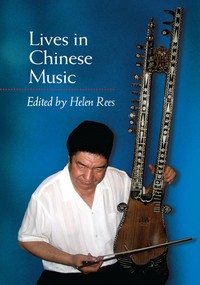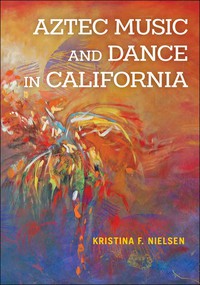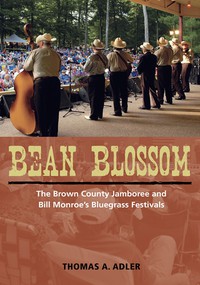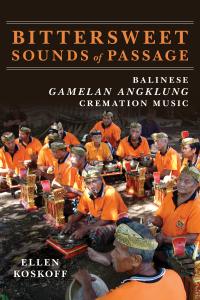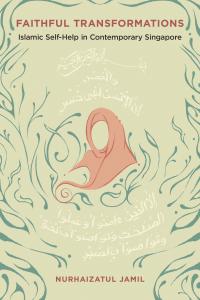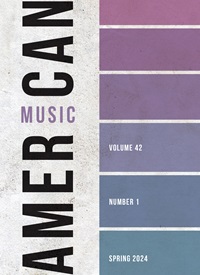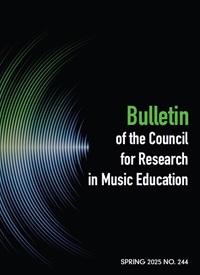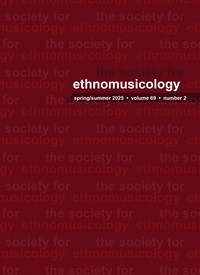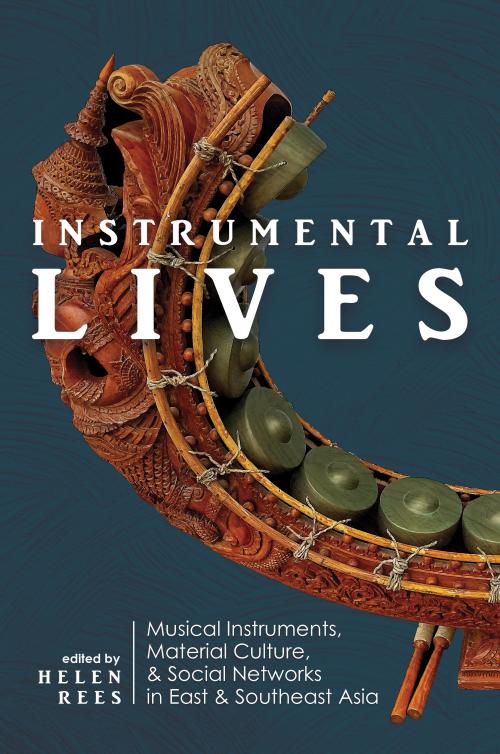
Instrumental Lives
About the Book
The musical instruments of East and Southeast Asia enjoy increasing recognition as parts of humanity’s intangible cultural heritage. Helen Rees edits a collection that offers vibrant new ways to link these objects to their materials of manufacture, the surrounding environment, the social networks they form and help sustain, and the wider ethnic or national imagination. Rees organizes the essays to reflect three angles of inquiry. The first section explores the characteristics and social roles of various categories of instruments, including the koto and an extinct Balinese wooden clapper. In section two, essayists focus on the life stories of individual instruments ranging from an heirloom Chinese qin to end-blown flutes in rural western Mongolia. Essays in the third section examine the ethics and other issues that surround instrument collections, but also show how collecting is a dynamic process that transforms an instrument’s habitat and social roles.Original and expert, Instrumental Lives brings a new understanding of how musical instruments interact with their environments and societies.
* This book was published with support from the Joseph Kerman Fund and General Fund of the American Musicological Society, supported in part by the National Endowment for the Humanities and the Andrew W. Mellon Foundation.
Reviews
Blurbs
“Well designed and meticulously edited, this is a strikingly original contribution to the field of ethnomusicology. All the chapters have much to offer anyone interested in playing, learning, documenting, or thinking about musical instruments anywhere in the world.”--J. Lawrence Witzleben, author of Silk and Bamboo Music in Shanghai: The Jiangnan Sizhu Instrumental Ensemble Tradition
Supplemental Links
Read a Q&A with the editorSupplemental Material
Supplementary Materials: Audio, Video, and Photographs
Chapter 1
AV 1.1. Introduction to the koto and its playing techniques. Website of Nihon geijutsu bunka shinkōkai (Japan Arts Council), 2018. The process of ito-shime
(tightening the strings) is shown in the first video clip under the heading 箏の手入れ (Caring for the koto). These are the 22nd and 23rd clips on the website.
Caring for the koto link
AV 1.2. The making of a koto body. "The Making," Science Channel, JST (Japanese Science and Technology Agency), 2014.
Chapter 2
AV 2.1a. The loepita pattern as transcribed by Colin McPhee. Performed by Tyler Yamin on his reconstructed instrument. Filmed by Tyler Yamin. © Tyler Yamin. All Rights Reserved.
AV 2.1b. The kapita pattern as played by Dewa Putu Serong. Performed by Tyler Yamin on his reconstructed instrument. Filmed by Tyler Yamin. © Tyler Yamin. All Rights Reserved.
Chapter 3
AV 3.1a-e. Crack patterns and coloration of Pines: Figures 3.3a, 3.3b, 3.4, 3.5, and 3.6 in color. Photos by Bell Yung. © Bell Yung. All Rights Reserved.
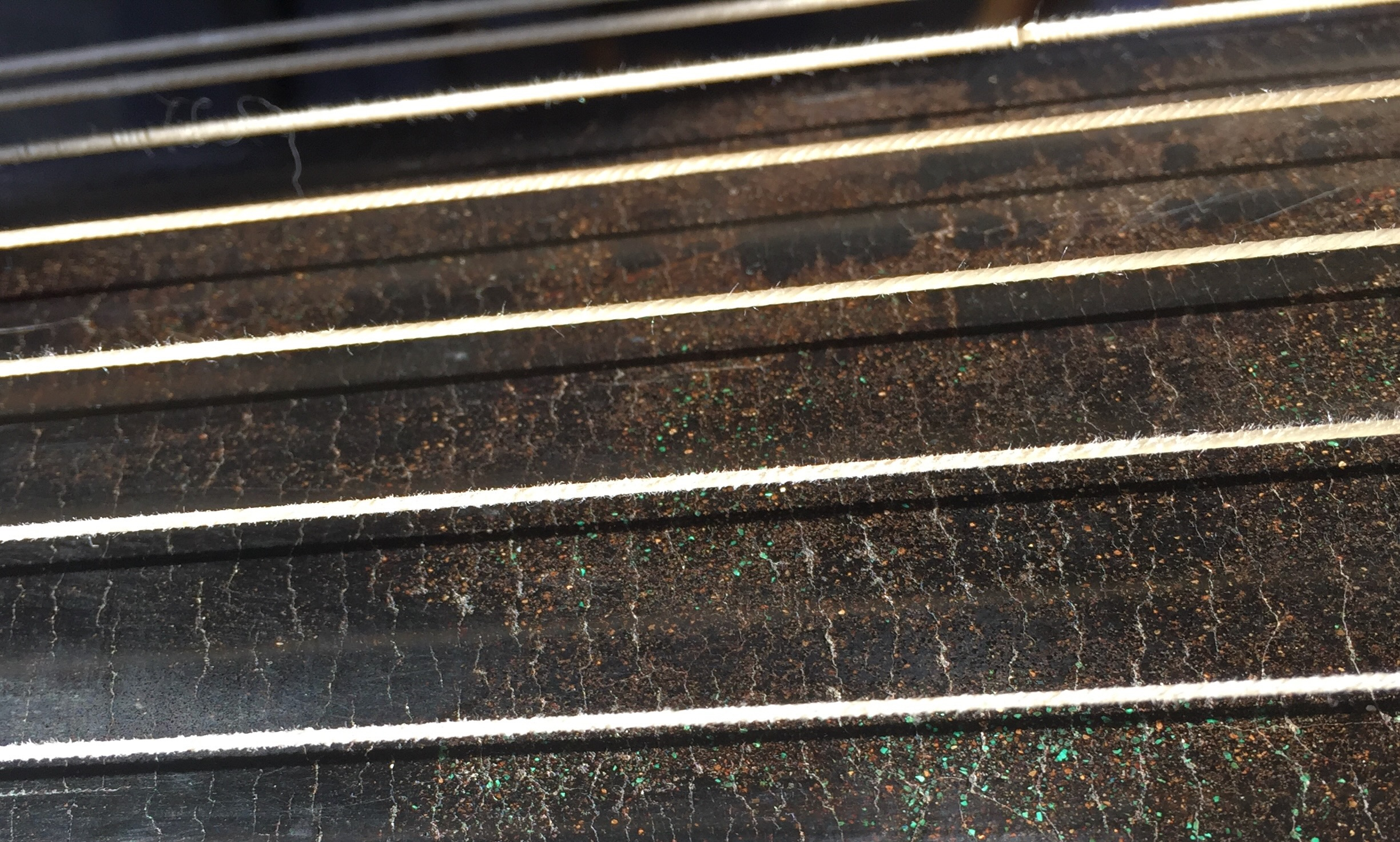

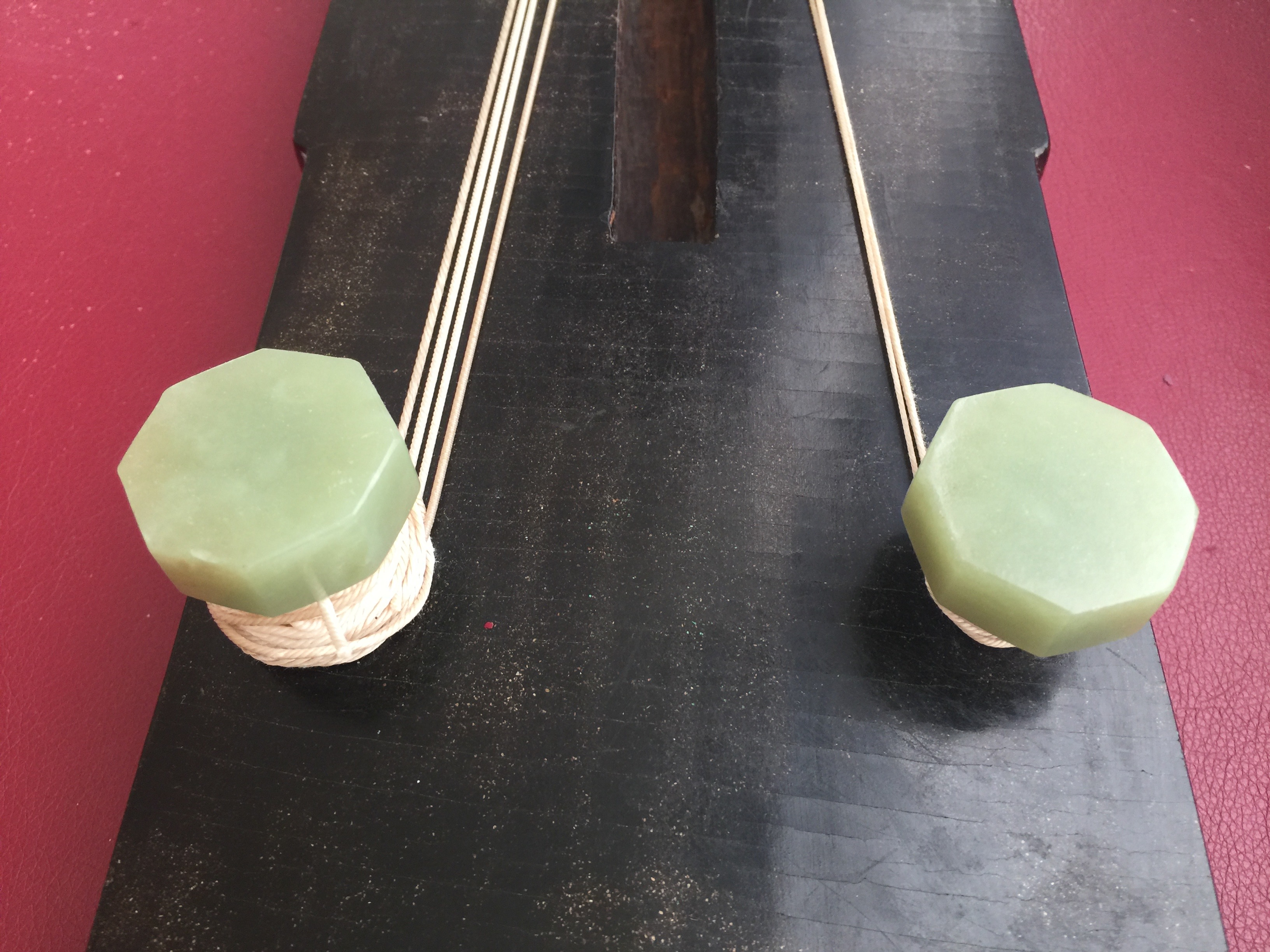
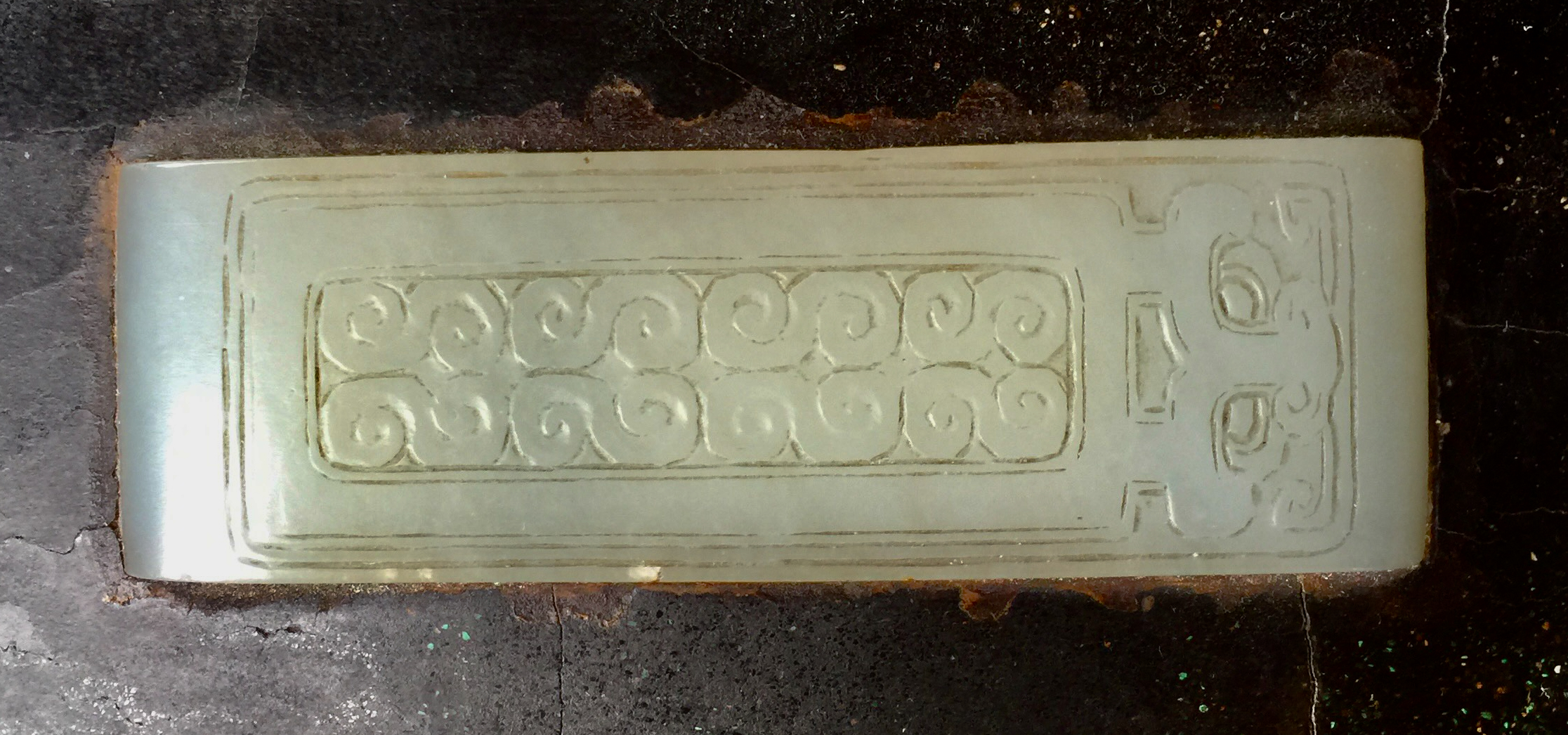
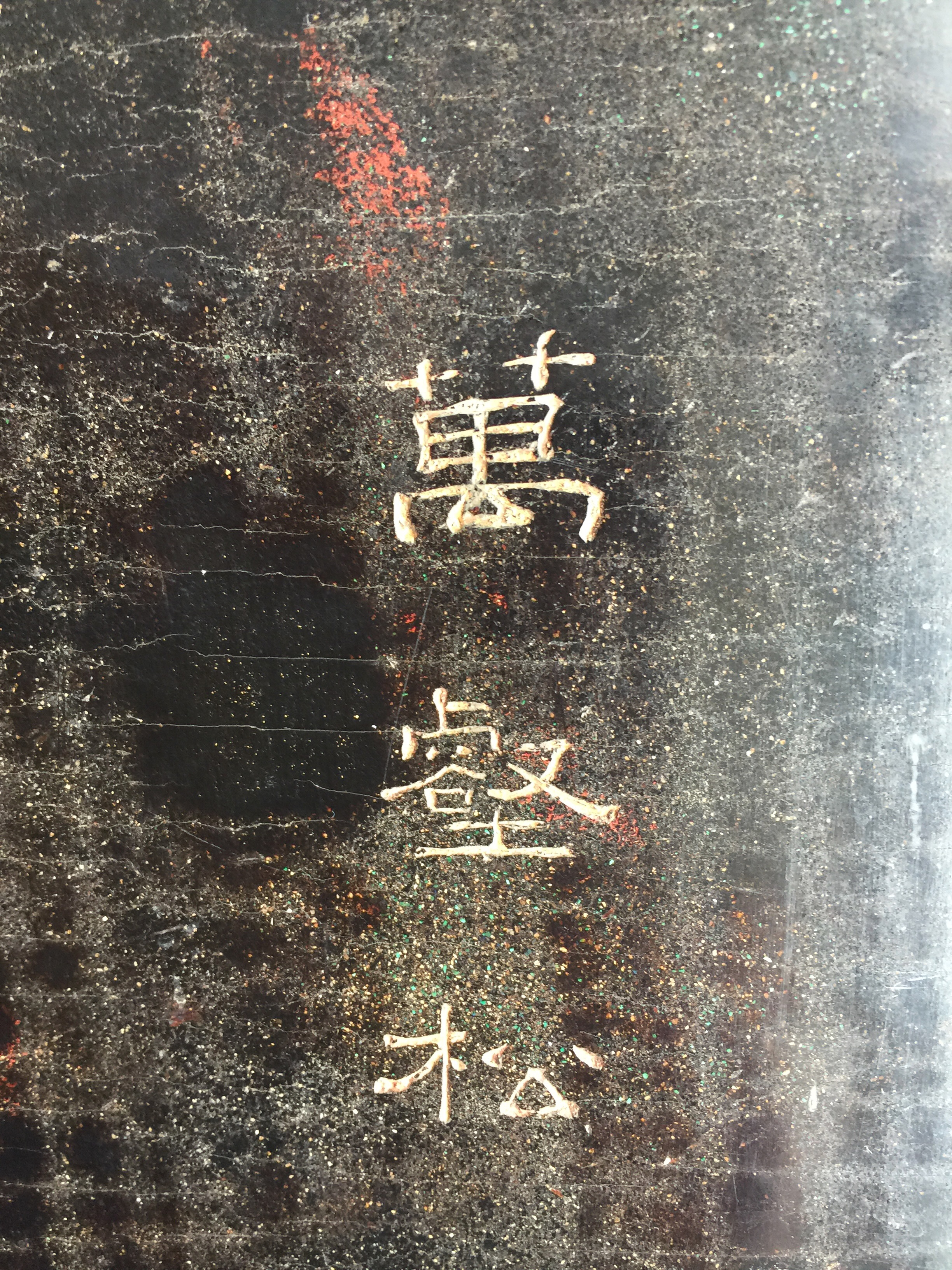
AV 3.2a. Guan Pinghu plays "Flowing Waters" on a Tang dynasty qin. Short excerpt from a 1956 film by Central News Documentary Film Company of Beijing.
AV 3.2b. Audio recording of Guan Pinghu playing "Flowing Waters," date not given. Classical Music website.
AV 3.3a. Podcast by Bell Yung, "Ancient Music for the Chinese Zither." National Museum of Asian Art, Smithsonian Institution, 2005.
Ancient Music for the Chinese Zither.
AV 3.3b. Podcast by Bell Yung, "Painting with Music: Bell Yung, Qin." National Museum of Asian Art, Smithsonian Institution, 2016.
Painting with Music: Bell Yung, Qin
AV 3.3c. Filmed interview and performance, "Look and Learn: Asian Art and Music, Bell Yung, Qin, with Keith Wilson." National Museum of Asian Art, Smithsonian Institution, 2020.
Chapter 4
AV 4.1a. "Alystaghy arman" (Distant dream), performed by Tilekbergen using a modified Altai Uriankhai tsuur (excerpt). He sat outside his ger near Suyq köl in Deluun sum, 10 July 2006 (wind sounds can be heard in the background). Recorded by Jennifer C. Post. © Jennifer C. Post. All Rights Reserved.
 "Alystaghy arman" (Distant dream) performed by Tilekbergen
"Alystaghy arman" (Distant dream) performed by Tilekbergen
AV 4.1b. "Qaytqan qaz" (Returning goose), performed by Qabdyrash inside a ger surrounded by Qalikhan and his family near Suyq köl, Tolbo sum, on 5 July 2005 (excerpt). Recorded by Jennifer C. Post. © Jennifer C. Post. All Rights Reserved.
 "Qaytqan qaz" (Returning goose) performed by Qabdyrash
"Qaytqan qaz" (Returning goose) performed by Qabdyrash
AV 4.1c. "Ertis tolqyny" (Waves of Ertis), performed by Enbek at his home in Ölgii city on 21 June 2011 (excerpt). Recorded by Jennifer C. Post. © Jennifer C. Post. All Rights Reserved.
 "Ertis tolqyny" (Waves of Ertis), performed by Enbek
"Ertis tolqyny" (Waves of Ertis), performed by Enbek
AV 4.1d. "Bozingen" (White female camel), performed by Enbek at his home in Ölgii city on 20 June 2014 (excerpt). Recorded by Jennifer C. Post. © Jennifer C. Post. All Rights Reserved.
 "Bozingen" (White female camel), performed by Enbek
"Bozingen" (White female camel), performed by Enbek
AV 4.1e. "Zhorgha" (Ambling horse), performed by Enbek at his home in Ölgii city on 28 May 2015 (excerpt). Recorded by Jennifer C. Post. © Jennifer C. Post. All Rights Reserved.
 "Zhorgha" (Ambling horse), performed by Enbek
"Zhorgha" (Ambling horse), performed by Enbek
AV 4.1f. "Ertis tolqyny" (Waves of Ertis), performed by Tilekbergen in Ölgii city on 21 June 2013 (excerpt). Recorded by Jennifer C. Post. © Jennifer C. Post. All Rights Reserved.
 "Ertis tolqyny" (Waves of Ertis), performed by Tilekbergen
"Ertis tolqyny" (Waves of Ertis), performed by Tilekbergen
Chapter 5
AV 5.1a. Video clips of instruments featured in the exhibition Voices of the Wind: Traditional Instruments in Laos. 2017-2019.
Website of the Traditional Arts and Ethnology Centre, Luang Prabang, Laos.
AV 5.1b. Music Research Archive for TAEC's Voices of the Wind: Traditional Instruments in Laos. 2017-2019. YouTube channel of the Traditional Arts and Ethnology Centre, Luang Prabang, Laos.
Chapter 6
AV 6.1. UCLA's Thai ensemble under the direction of David Morton in 1972. From the film A World of Music by Jim Ward (Los Angeles: University of California/UCLA Public Information, 1972). UCLA Ethnomusicology Archive Channel, Internet Archive video.
AV 6.2. Performance on the newly restored Thai instruments, directed by Supeena Insee Adler, in the Gamelan Room at the UCLA Department of Ethnomusicology, 23 May 2015. UCLA Ethnomusicology Archive Channel, Internet Archive video.
AV 6.3. Performance by the UCLA Music of Thailand Ensemble and community members, directed by Supeena Insee Adler, for the UCLA Retirees Association and UCLA Emeriti Association, 10 March 2022. UCLA Ethnomusicology Archive Channel, Internet Archive video.
Chapter 7
AV 7.1. Complete film A World of Music by Jim Ward (Los Angeles: University of California/UCLA Public Information, 1972). UCLA Ethnomusicology Archive Channel, Internet Archive video. This film depicts the UCLA Institute of Ethnomusicology in 1972. The first performance ensemble shown is the Javanese gamelan (using the famous gamelan Venerable Dark Cloud). The second is the Balinese gamelan.
AV 7.2. Two films of UCLA's Balinese gamelan in use in the early 1960s. UCLA Ethnomusicology Archive Channel, Internet Archive video.
I Wayan Gandera and Tjokorda Mas, UCLA, 1960s
Gamelan Gong Kebyar of Pangkung, Tabanan, Bali, at UCLA, 1962
